 Top 100 beauties in the world!
Top 100 beauties in the world!
 Gallery: Who is the most beautiful one?
Gallery: Who is the most beautiful one?
 If you like autumn, put your hands in the air!
If you like autumn, put your hands in the air!
 Fan Bingbing's "Queen style" in new play
Fan Bingbing's "Queen style" in new play
 Lingerie show at 2014 Miss China
Lingerie show at 2014 Miss China
 J-10 fighters show aerobatic stunts in smog-free sky
J-10 fighters show aerobatic stunts in smog-free sky
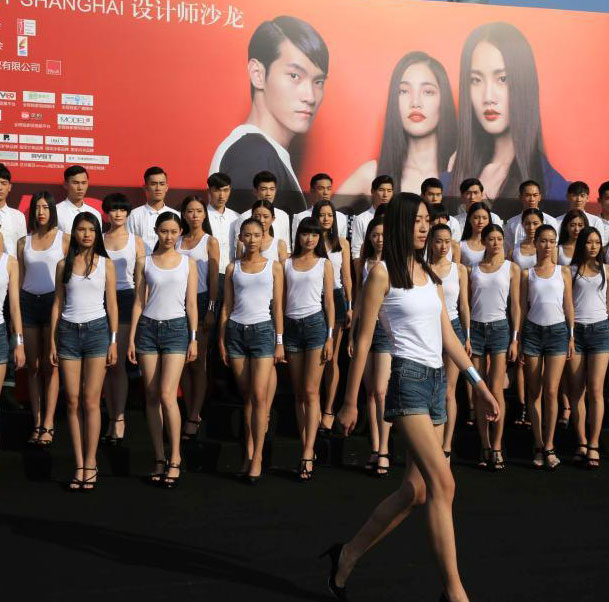 Charming contestants of Shanghai Int’l Model Contest
Charming contestants of Shanghai Int’l Model Contest
 Most amazing chi-pao beauties
Most amazing chi-pao beauties
 7 deadly animal attacks
Russia to launch 70 Proton rockets by 2020: official
7 deadly animal attacks
Russia to launch 70 Proton rockets by 2020: officialMove aims to balance trade, spur growth
The State Council, China's cabinet, on Thursday released a slew of measures to spur the country's imports, in the latest effort to rebalance trade and give support to the cooling economy.
Financial institutions should give more credit support for importing high-tech equipment and key components in order to promote industrial upgrading, according to a statement posted on the central government's website.
Measures should also be taken to encourage imports of high-end services, such as consulting, designing and other services in the areas of energy conservation and environmental protection, for which there is an "urgent need," the statement said.
The statement said that these measures could help in upgrading the country's economic structure and also help to make good use of China's foreign exchange reserves, which totaled $3.89 trillion by the end of September.
China has rolled out a series of policies to boost trade in the past few months. In May, the State Council announced 16 measures, including speeding up customs processes and improving financing services, in order to stabilize trade growth amid the slowing economy.
Coastal provinces such as Guangdong and Fujian, which rely heavily on imports and exports for GDP growth, also announced measures recently to spur local trade growth.
"But these measures have been showing more effect on the export side. Imports are still sluggish, and require more help," said Bai Ming, a research fellow at the Chinese Academy of International Trade and Economic Cooperation under the Ministry of Commerce, noting that only balanced trade could benefit long-term economic growth.
China's exports rose 15.3 percent year-on-year to $213.69 billion in September, and imports totaled $182.7 billion, up by just 7 percent year-on-year, according to customs data.
The country's trade surplus was around $30.9 billion in September, having reached record highs of $47.3 billion and $49.8 billion in July and August, respectively.
"Low import growth was mainly caused by sluggish domestic demand and a supply glut in some sectors," Tian Yun, editor-in-chief of the China Macroeconomic Information Network website under the China Society of Macroeconomics, told the Global Times on Thursday.
But Tian noted that the situation is not likely to improve very soon, and the high trade surplus will remain.
China's economic growth eased to 7.3 percent year-on-year in the third quarter. Experts noted that the economy is still facing downward pressure at present.
To add vitality to the economy, the government has rolled out targeted monetary easing policies such as lowering the reserve requirement for selected financial institutions in order to inject liquidity into the market. Also, the National Development and Reform Commissionrecently approved a slew of major infrastructure projects to help stabilize growth.
In the statement released on Thursday, the State Council said that efforts should be made to facilitate development of the Silk RoadEconomic Belt and the 21st Century Maritime Silk Road. Firms are encouraged to invest in production facilities in countries along the two economic belts and increase imports of processed products, it said.
"Development of the two economic belts could help to open up western China," Bai told the Global Times, noting that eastern provinces have taken a major role in the country's opening-up in the past.
Multilateral economic cooperation along the two economic belts would benefit China's economy, but "measures should also be taken to boost domestic demand," Tian said.
The State Council also announced measures to boost imports in specific sectors on Thursday. For instance, it said that regulations should be drafted to guide the development of cross-border e-commerce.
Furthermore, the State Council proposed the launch of a trial program for "parallel" car imports in the China (Shanghai) Pilot Free Trade Zone, which would allow cars to be imported without necessarily going through brands' distribution networks. Experts noted that the move would greatly lower prices for imported vehicles.
 World Pole Dance Championship in China
World Pole Dance Championship in China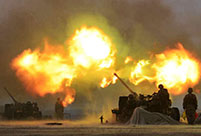 In pics: PLA stages live-fire drill in NE China
In pics: PLA stages live-fire drill in NE China  59-year-old Liu Xiaoqing still looks stunning
59-year-old Liu Xiaoqing still looks stunning 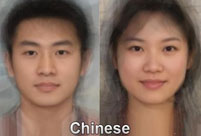 Standard faces for each countries in the world
Standard faces for each countries in the world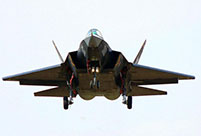 Shocking! Photos of Chinese fighters revealed
Shocking! Photos of Chinese fighters revealed Images of angels in white: At work v.s off work
Images of angels in white: At work v.s off work 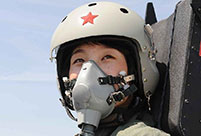 Post-85s female pilots and their mission
Post-85s female pilots and their mission Netizens fall in love with champion swimmer Ning Zetao
Netizens fall in love with champion swimmer Ning Zetao Vibrant 21-year-old and her own Cheongsam brand
Vibrant 21-year-old and her own Cheongsam brand Top 10 most dangerous jobs in the world
Top 10 most dangerous jobs in the world  Top 10 fifth generation jet fighters in the world
Top 10 fifth generation jet fighters in the world Top 10 Chinese goddesses
Top 10 Chinese goddesses  Top 20 hottest women in the world in 2014
Top 20 hottest women in the world in 2014 Top 10 pure beauties in showbiz
Top 10 pure beauties in showbiz  Top 10 world's highest-paid models 2014
Top 10 world's highest-paid models 2014 The most gorgeous Chinese women
The most gorgeous Chinese women Top 10 most handsome faces in Asia
Top 10 most handsome faces in AsiaDay|Week|Month